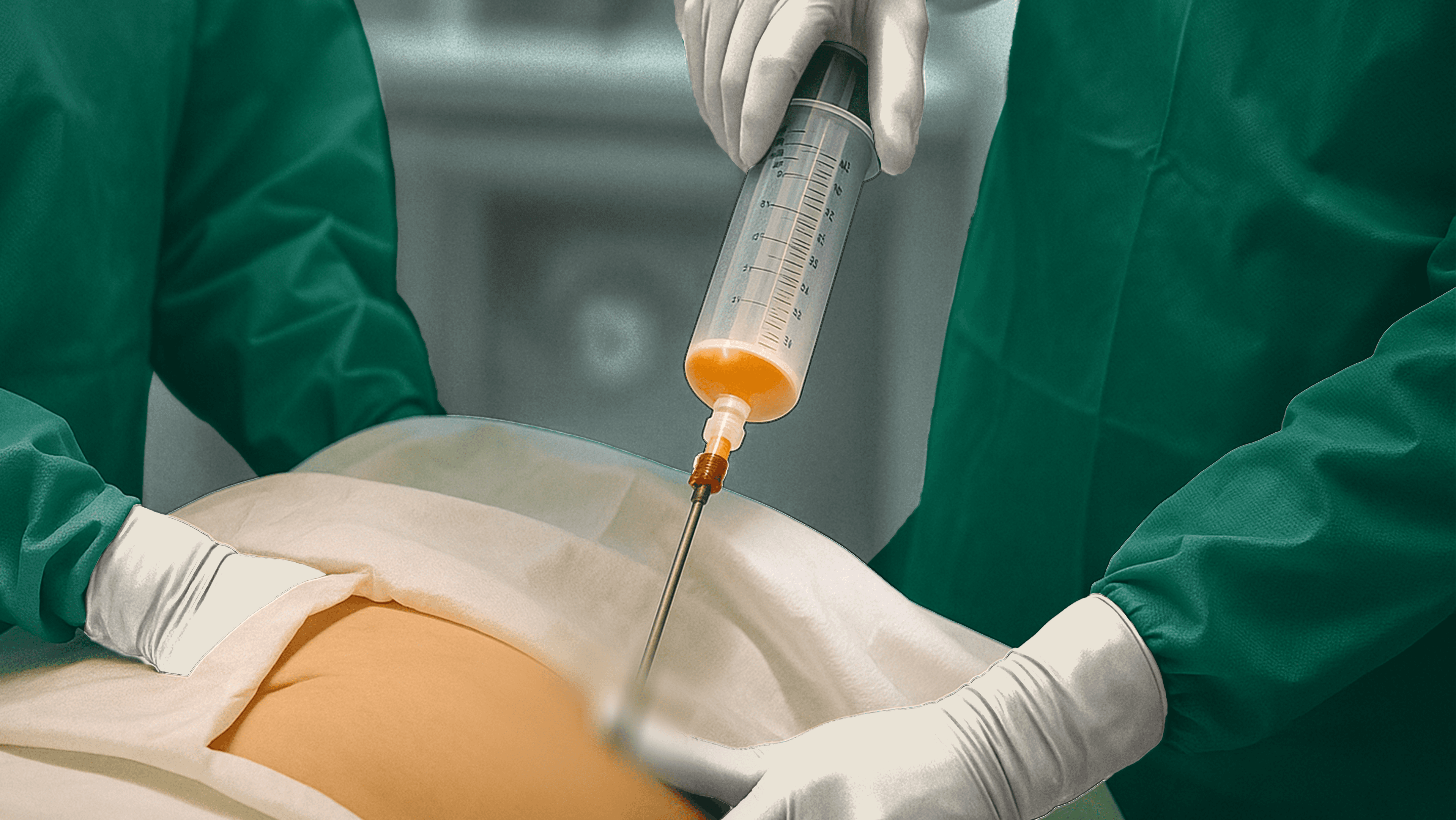
Fat Graft
Fat grafting, also known as autologous fat transfer, is a cosmetic surgical procedure in which fat is harvested from one area of the body — typically from areas with excess fat such as the abdomen, thighs, hips, or flanks — processed, and then injected into another area that requires additional volume or contour enhancement.
The procedure uses the patient’s own fat (autologous tissue), which significantly reduces the risk of allergic reaction or rejection.
Fat grafting must be performed in conjunction with LAMS or Lipolite, as it requires the rapid transfer of fresh fat to preserve cell viability.
Procedure Steps
Fat is extracted from the donor area using a thin cannula through a small incision. Low suction pressure is applied to prevent damage to the fat cells.
The harvested fat is purified via centrifugation, filtration, or washing to separate viable fat cells from blood, oil, or tumescent fluid.
The processed fat is carefully injected into the target area, such as the face (cheeks, under-eye hollows), breasts, buttocks, or other regions that require contour enhancement.
Indications & Benefits
Adds volume to areas that have lost fat or contour — such as the face, hands, breasts, or buttocks.
Corrects asymmetry or post-surgical defects, such as post-mastectomy reconstruction with lipofilling.
Provides a natural-looking and long-lasting result, as the transferred fat integrates with the body’s own tissues.
Considerations
Not all transferred fat cells will survive — approximately 40–60% of the injected fat remains permanent after the recovery phase.
Fat grafting is not a weight-loss procedure, but a body contouring enhancement technique.
Though relatively low-risk, potential complications include bruising, swelling, infection, or uneven results.
A detailed consultation with a board-certified plastic surgeon is essential to determine the safest donor site and optimal fat transfer volume.
Durability & Additional Treatments
Fat grafting is considered safe and biocompatible, as it utilizes the patient’s own tissue for contour restoration.
To improve fat cell survival and achieve longer-lasting results, regenerative treatments such as PRP (Platelet-Rich Plasma) or Stem Cell Enrichment can be added to enhance fat graft viability and skin quality in the treated area.
